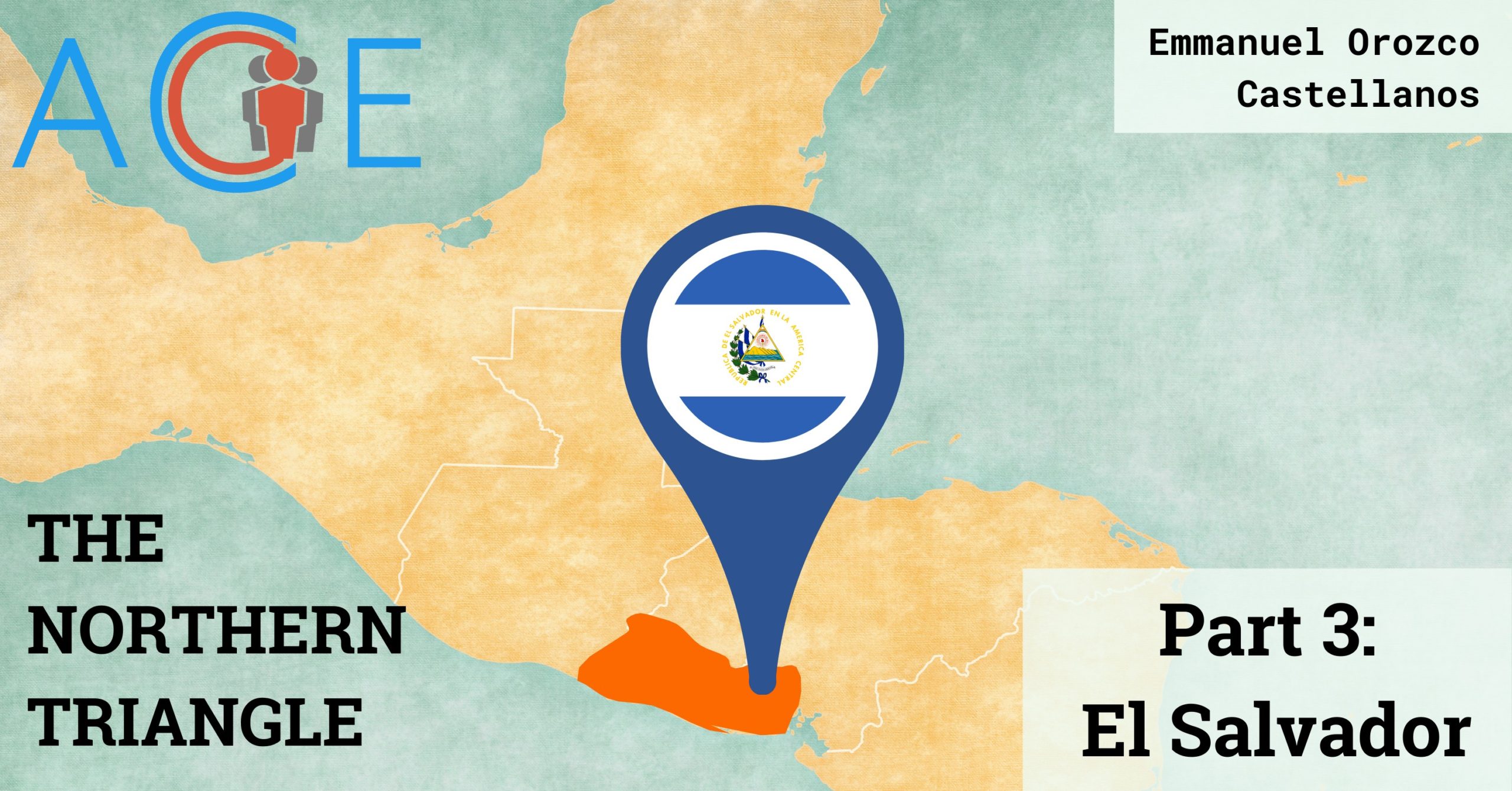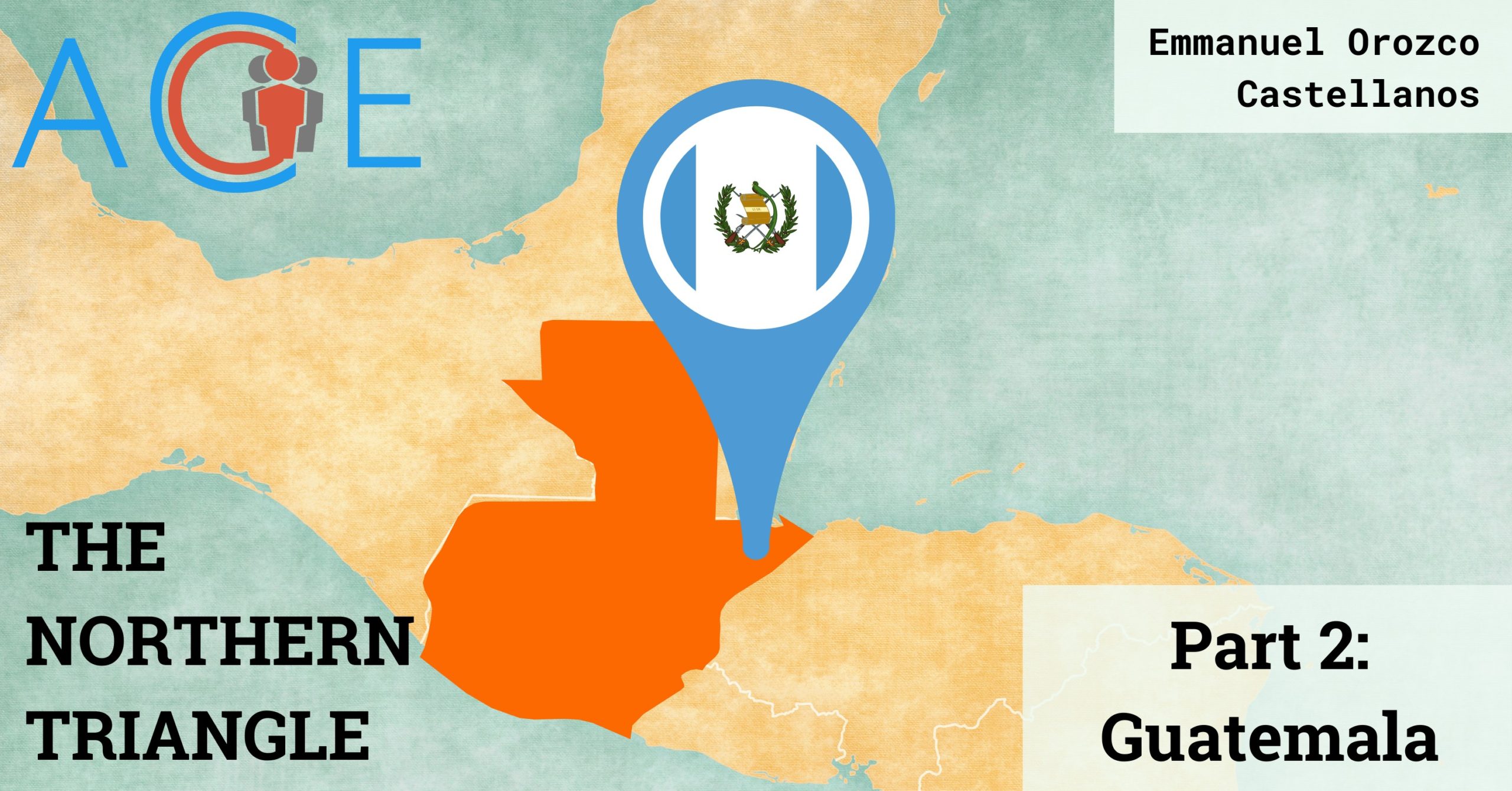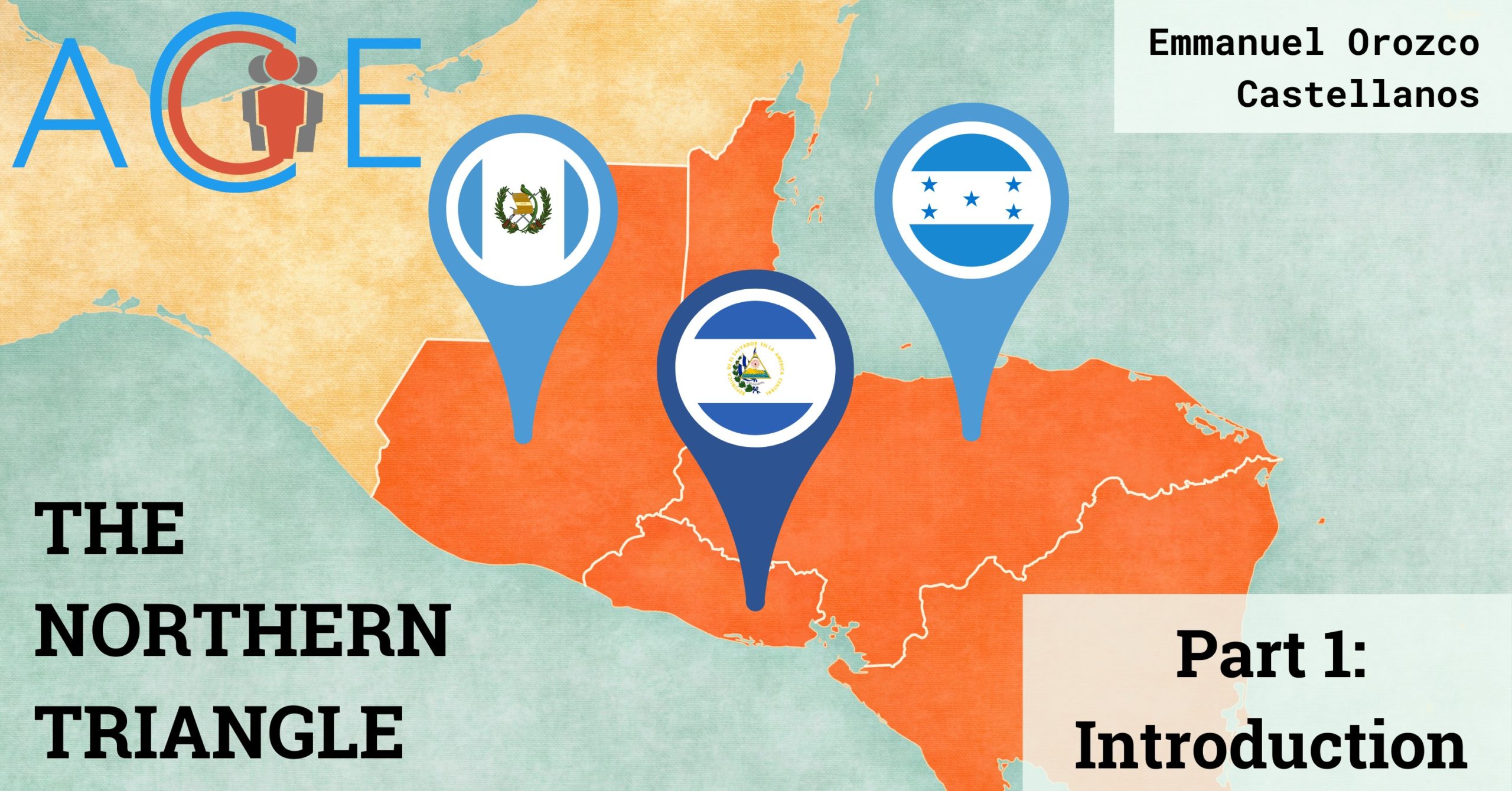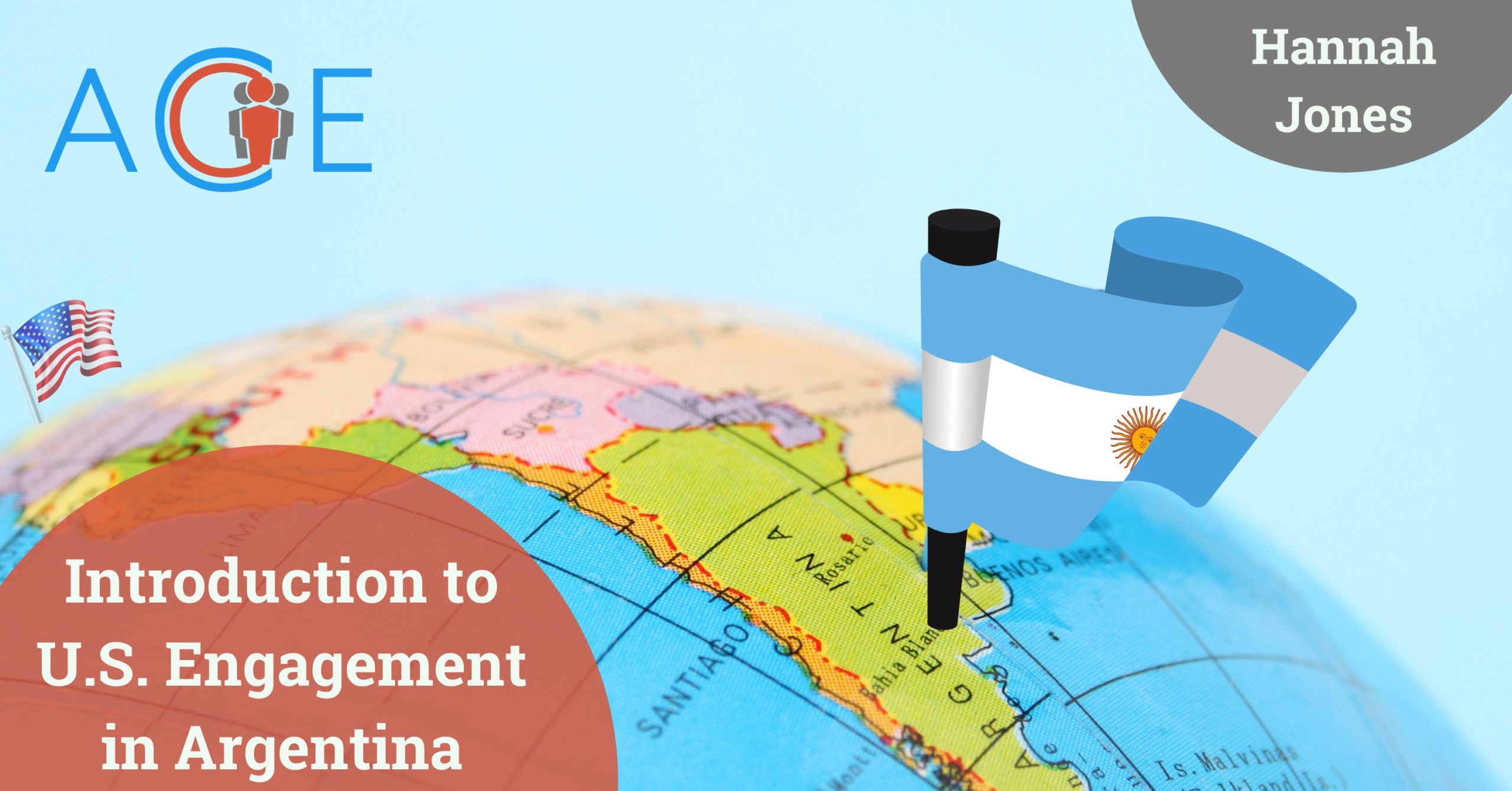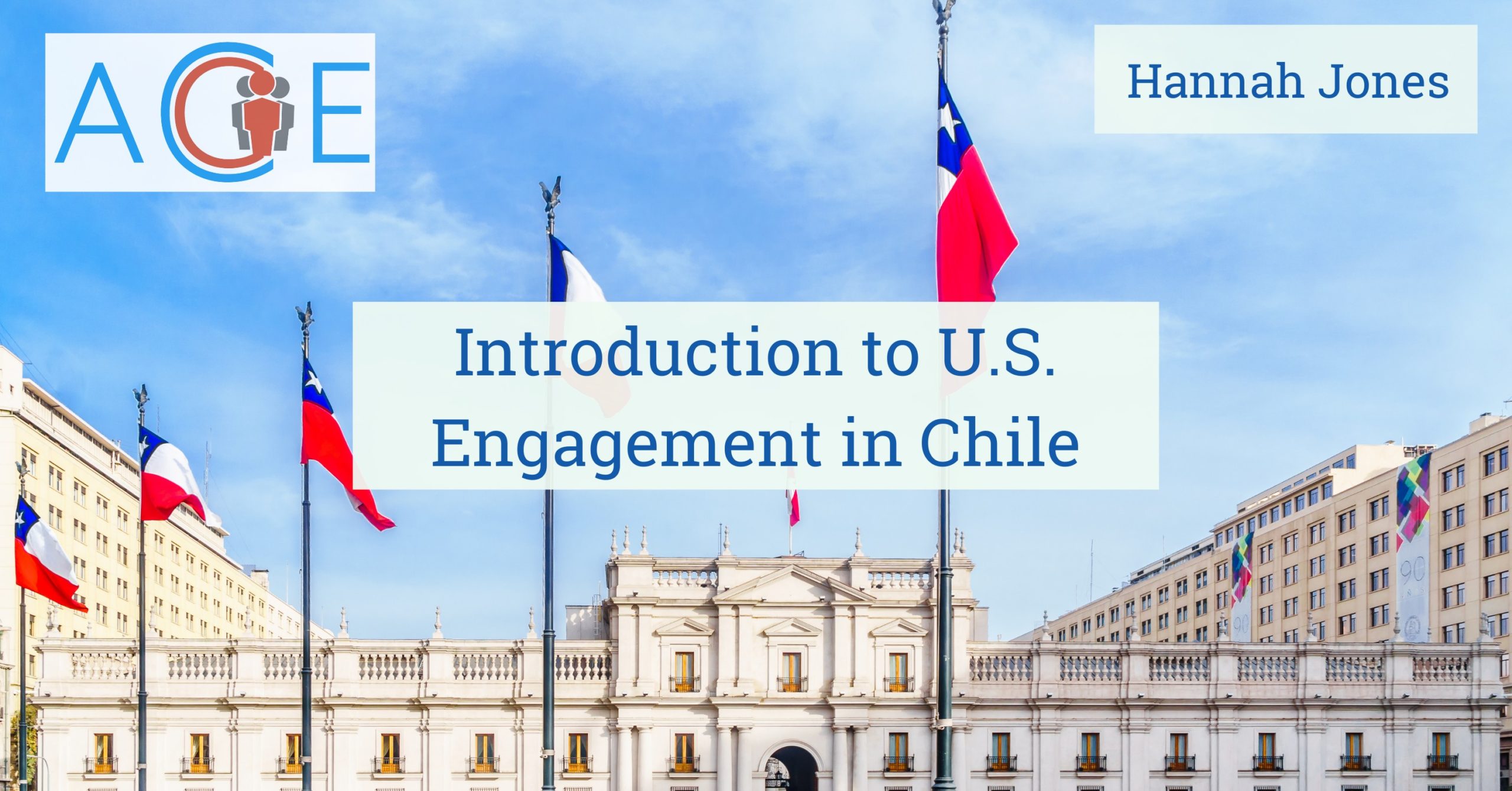Fact sheet
- Population: 6,528,135 (July 2021 est.)
- Capital: San Salvador
- System of Governance: Presidential Republic
- President: Nayib Armando Bukele
- Majority Language: Spanish
- Majority Religion: Roman Catholic
- GDP Per Capita: $4,187 (2019)
- Global Freedom Score: 52
Brief History with the U.S.
The United States first established diplomatic relations with El Salvador in 1963. In 1979, the Farabundo Martí National Liberation Front (abbreviated as FMLN according to its Spanish name) emerged as a prominent guerrilla organization and entered a twelve-year long conflict with the government of El Salvador. During the 1980s, the U.S. government spent 4 billion dollars in military aid, funding the Salvadoran government’s counterinsurgency campaign against the FMLN. The U.S. also trained the Salvadoran military and provided weapons for the war effort.
In similar fashion to the case of Guatemala, it became increasingly clear to the U.S. public that the Salvadoran government was engaging in egregious human rights violations. The most emblematic case was the assassination of four American nuns at the hands of Salvadoran forces. In 1992, the U.S. supported a U.N.-mediated peace treaty, which ended the hostilities between the Salvadoran government and the FMLN; the latter became a political party that still exists today. It is estimated that the civil war led to 75,000 casualties, most of whom were civilians.
Many Salvadorans, overwhelmingly single males, fled the civil war and emigrated to Mexico and the U.S. in the 1980s. Many formed their own criminal organizations in southern California, such as the Mara Salvatrucha and Barrio 18 gangs. Years later, the U.S. government deported them, unknowingly expanding these criminal webs to the Northern Triangle. This, coupled with El Salvador’s war-torn economy and poor governance, bred unprecedented violence and crime. These conditions accelerated the migration of Salvadorans to the U.S.; consequently, at least 20% of El Salvador’s population lives abroad.
After decades of military rule and civil conflict, El Salvador managed to establish a relatively stable multi-party democracy. Despite recurring tensions, the U.S. worked with two consecutive FMLN administrations; however, many challenges persist. In 2015, El Salvador recorded a high rate of 105 murders per 100,000 people, the highest in the world at the time. These staggering levels of violence, which continue to prompt millions to migrate to the U.S. every year, have been a main concern for U.S. policy-makers. From 2013 to 2018, the U.S. allocated $496 million dollars to support El Salvador’s security, economic development, and governance. One of the primary goals of U.S. aid is to address the push factors that encourage Salvadorans to migrate north. Besides implementing development projects through the United States Agency for International Development (USAID), the U.S. government has invested in combating poverty and stimulating growth with the Millenium Challenge Corporation, which amounts to $277 million dollars.
El Salvador’s current president, Nayib Bukele, has proven to be a reliable ally and has aligned his country’s foreign policy with the U.S. However, his occasional disregard for El Salvador’s Supreme Court and Congress, as well as his strategy to increase El Salvador’s diplomatic proximity with China have raised alarms in Washington.
Strategic Interests:
- Trade: The United States is El Salvador’s main trading partner. El Salvador was the first country to sign the Central America-Dominican Republic Free Trade Agreement (CAFTA-DR). In 2019, the United States amassed an $889 million trade surplus with El Salvador.
- Migration: Migration has been at the forefront of U.S. relations with El Salvador. As of 2017, some 1.4 million Salvadoran citizens lived in the United States, and roughly half of them were undocumented. In addition, the Temporary Protected Status for Salvadorans is part of the current debate on immigration reform.
- Corruption: Major obstacles to the success of U.S. development aid are institutional weakness and corruption. Modeled after the CICIG in Guatemala, El Salvador established the International Commission Against Impunity in El Salvador (CICIES) in 2019. Supported by the U.S., CICIES prosecutors brought charges against three Salvadoran presidents and a former attorney general. It is estimated that they stole more than $750 million dollars. Despite such an achievement, the CICIES is underfunded and lacks autonomy. In addition, there are concerns that Bukele, the current president, has engaged in an under-the-table deal with gang leaders.
- Combating Drug-trafficking: Similar to Guatemala, El Salvador is a strategic passage used by narco-traffickers to trade narcotics. In 2019, former President Trump designated El Salvador as a “major drug-transit” country for the ninth consecutive year.
- Human Rights: El Salvador’s Supreme Court overturned a 1993 amnesty law in July 2016, so Salvadoran authorities have recently begun to investigate mass atrocities committed during the civil war (1980-1992), including the well-known massacre of El Mozote, where U.S.-trained military forces killed almost 1,000 civilians. Since 2012, the U.S. government has tried at least four former Salvadoran officials for their involvement in human rights abuses during the civil war. In recent years, the government has turned to a “mano dura” or “tough-on-crime” approach to counter gang activity; however, critics point out that these tactics have resulted in overcrowding of prisons and led to human rights abuses committed by law enforcement, and perpetrators are rarely investigated. Lastly, President Bukele has taken actions to restrict the presence of journalists and human rights activists in El Salvador.
- Diplomacy: Under President Bukele, El Salvador has grown closer to China. In December of 2019, Bukele accepted a $56.8 million donation from Beijing during a presidential trip to China and severed diplomatic ties with Taiwan soon after. U.S. State Department officials note that “China continues to push its Belt and Road Initiative in El Salvador.” The Belt and Road Initiative is an ambitious, long-term infrastructure plan to increase Chinese trade with the rest of the world. As a response, the U.S. publicly signaled disapproval for El Salvador’s realignment with China, and promised to invest $1 billion in a new natural gas power plant in the country.
